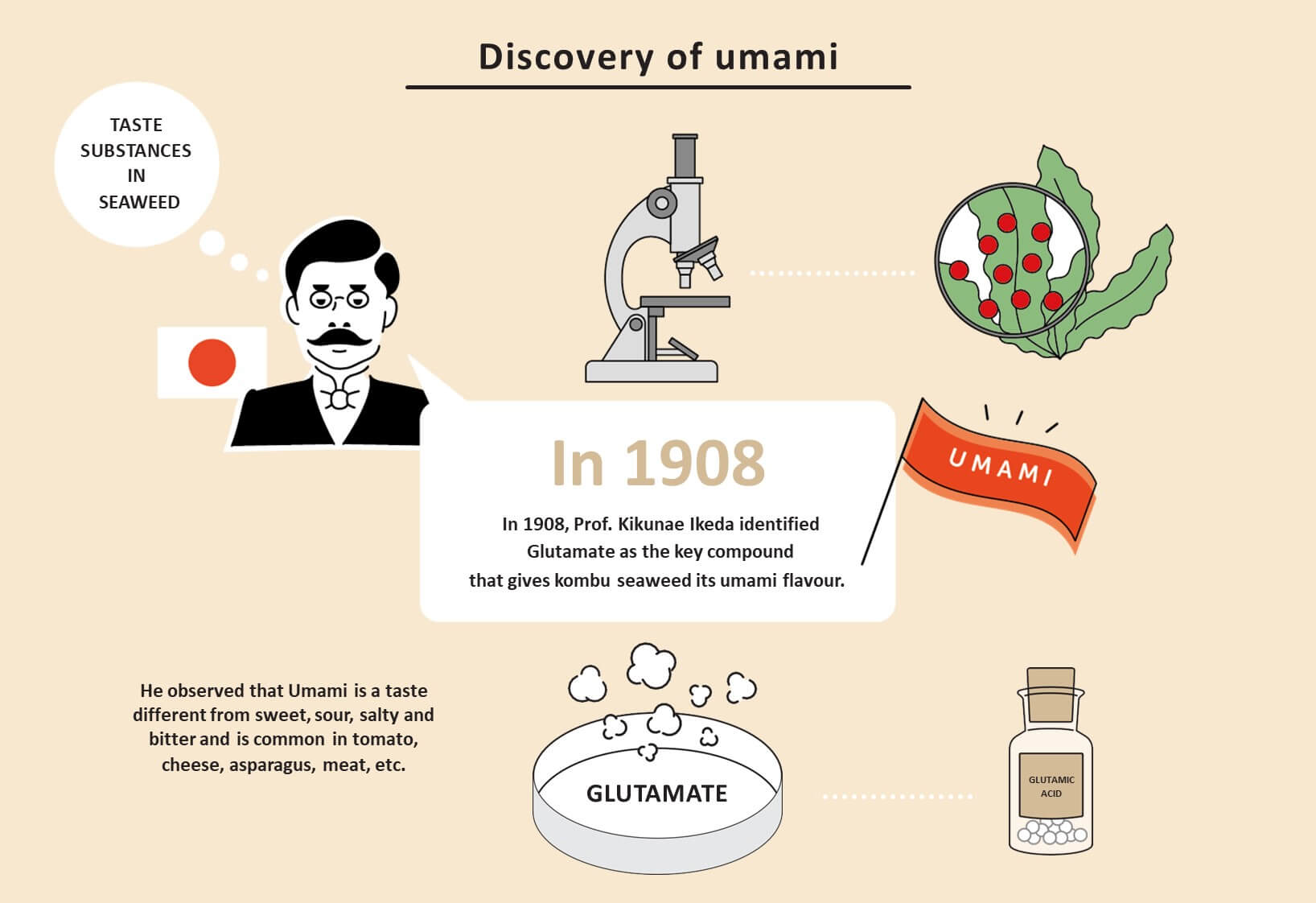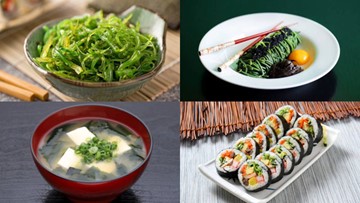The Era of Plant-Based Alternatives
Plant-based alternatives have steadily entered grocery store shelves, and varieties are ever increasing. With an increasing global population, the consumption of plant-based protein products may be more sustainable than traditional animal meat.
The main ingredients used for current plant-based products, such as the Impossible Burger or Beyond Meat, are wheat gluten, soy, and pea proteins. These proteins are usually heavily processed, and have led to concerns around:
Food allergens (particularly for soy and gluten)
Reduced bioavailability of nutrients
Unappealing sensory properties.
So, the hunt for novel plant-based alternatives that are both nutritious and delicious is ongoing.
From Land to Sea: An Untapped Potential
Algae is a novel plant-based protein that is gaining interest. Algae includes microalgae, such as Spirulina, and macroalgae, commonly known as seaweed.
Algae is highly nutritious – it is full of fibres, vitamins, minerals, and protein, and has a low fat and sodium content. Microalgae, like Spirulina, usually come in the shape of supplement pills or powder. But the use of seaweed in food is much more diversified.

Aquaculture (the cultivation of aquatic plants or rearing of aquatic animals for food) is gaining popularity as a significant source of food, and the overall global aquaculture food production has elevated from 31.1% in 2004 to 44.1% in 2014. Specifically, statistics from the FAO showed that over a whopping 20 million tonnes of seaweed was produced worldwide from aquaculture in 2011, with 75% going into the food industry.
Umami? What is that?
A defining sensory attribute of seaweed is its unique umami flavour. But what’s umami? Established as the fifth basic taste, umami (meaning “the essence of deliciousness” in Japanese) is best described as savoury, broth-like and meaty.

In 1908, Professor Kikunae Ikeda detected a taste that was different from the initial four basic tastes (sweet, salty, sour, bitter). He found out that this taste occurred most strongly in “dashi” prepared from kelp (a type of seaweed). He also discovered that this taste was due to the glutamates present in the kelp. Thus, he coined this taste “umami ”. Other foods such as mushrooms and food additive MSG impart strong umami flavours.

Current Consumer Perceptions in the West: Challenges in Acceptance of a Novel Food
Seaweed is an essential ingredient in Eastern cuisine: seaweed rice rolls (kimbap) from Korea, seaweed miso soup from Japan and seaweed salad from China would not be the same without the seaweed! More recently, seaweed is also emerging in Western cuisine, like seaweed pasta. But there is a long way to go before seaweed becomes a common food in Western countries.

The fear of trying new foods is a key factor in the hesitance of Western consumers to try seaweed products. Furthermore, there is no common ingredient in Western cuisine that resembles the umami taste. Lastly, many Western consumers are simply unfamiliar with seaweed as a food,
Seaweed for Western Consumers – Not All Hope is Lost
We know that seaweed is not only nutritious and a sustainable food ingredient, but also provides a unique flavour to foods. So, how can we get more Western consumers to try it?
Firstly, consumers need to be informed about seaweed. This includes seaweed’s health and sustainability aspects, but also its unique taste and affordability. By exposing consumers to seaweed repeatedly, they become familiar with its taste. Increasing familiarity, and associating seaweed with more familiar foods such as seafood, also increases its consumer acceptance.
Recent research also showed that young Western consumers(n=1403) find seaweed more appealing as a snack option (87.7%) compared to a full meal (30.7%). Seaweed snacks are usually roasted, giving it an appealing crispy texture instead of the slimy texture people generally associate with seaweed. Additionally, snacks usually come in smaller portions, which are less intimidating compared to a full seaweed-containing meal.
So, while seaweed is currently still a niche ingredient in Western cuisine, with continuous and more proactive promotion, seaweed may be able to win over the Western’s consumer heart once they are aware of its full potential.
Xanthe Lin, 10 Feb 2023

